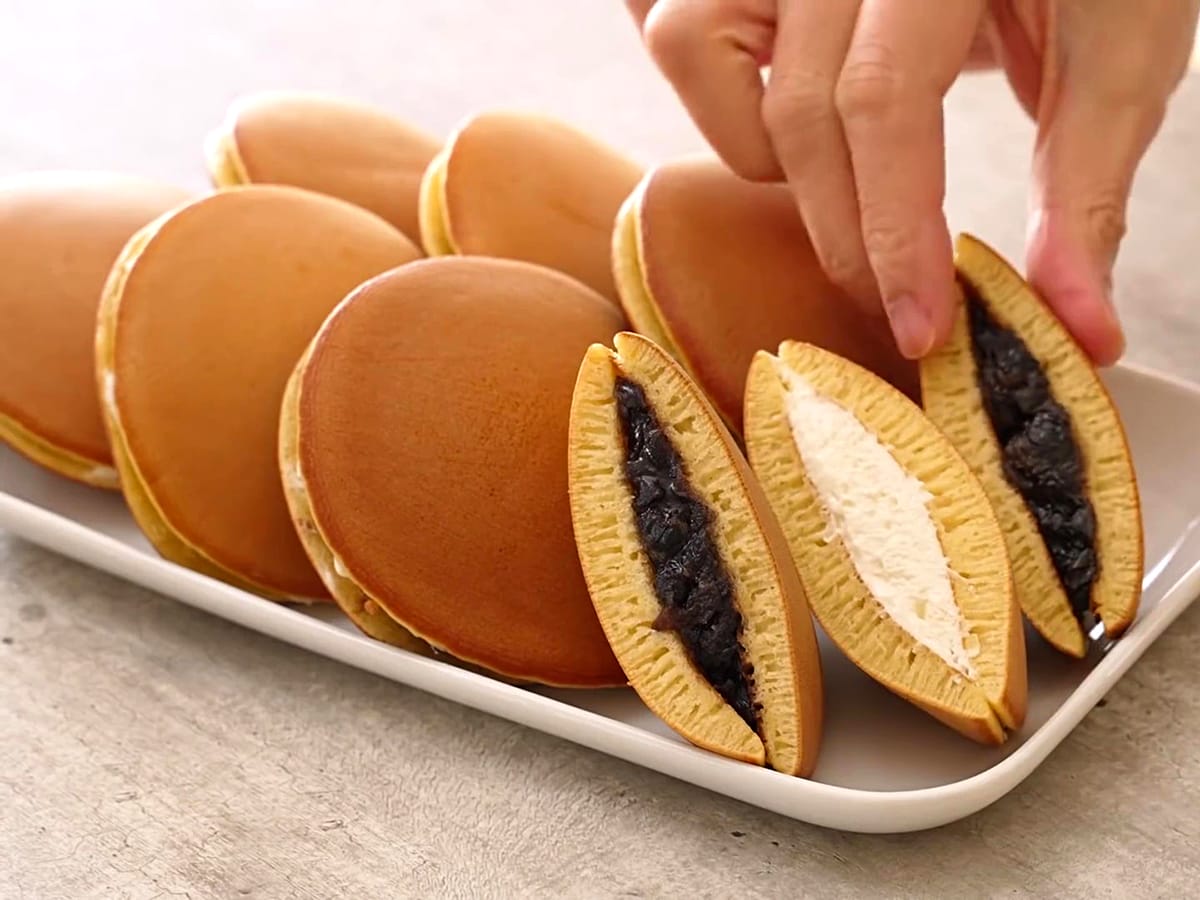
Source: YouTube: 「フライパンで作るどら焼き クリームチーズ生どらの作り方 | えもじょわ」
How to make Doraemon’s favorite snack, dorayaki
Related Article
-

Icing artist’s Psyduck sweets are so cute they’ll give you a headache
-
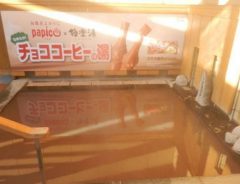
New Japanese Hot Springs Are Scented With Popular Papico Ice Cream Flavors
-
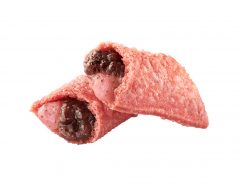
McDonald’s releases new Sakuramochi pie for cherry blossom season in Japan
-

Cream puff chain Beard Papa launches spinoff brand focused on Japanese flavors
-
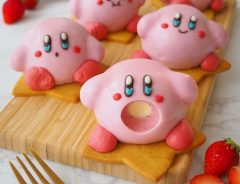
Japanese cooking artist turns Kirby into adorable raspberry mousse cakes
-
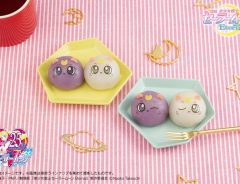
Luna and Artemis turned into adorable Japanese sweets with Sailor Moon mochi cakes


YouTube Channel "Emojoie" is very popular. As of April 2022, 2.14 million people have subscribed to watch the Japanese chef living in France make all kinds of pastries with a blend of Japanese and French techniques.
Generally, most videos on YouTube tend to be posted with music, such as background music. However, there is no background music on this channel, so you can enjoy the sounds of pastry making as if it were ASMR.
Dorayaki
For example, in the video below, they make dorayaki, the traditional Japanese sweet featuring two pancakes sandwiching a sweet filling. If you know the famous manga and anime series Doraemon, then you'll probably recognize dorayaki as his favorite snack.
Emojoie makes dorayaki both in the classic style with a sweet azuki bean filling, but also a version with a cream cheese filling.
Aside from the adzuki beans which you may need to order at a specialty store or online store (and which can, in a pinch, be replaced with red kidney beans, or butter beans to make a white bean filling), all of the ingredients, like eggs, sugar, salt, honey, flour, whipping cream, cream cheese, gelatin, and baking soda, should be available in your local grocery or supermarket.
You can turn on English subtitles and instructions are provided in English in the video.
Making dorayaki requires two basic steps: making the pancakes and making the filling. The pancakes don't take very long and can be made by beating eggs and sugar in a bowl, adding sifted all-purpose flour, blending well, adding baking soda and blending again, adding sake (or water if you don't have it), blending again, then setting it to rest for 30 minutes to make the dough. To cook, put a large spoonful of dough in a heated frying pan lightly coated with vegetable oil, and cook for 90 seconds with a lid or 150 seconds without a lid, flip over and cook for five seconds, then remove. Repeat for the second pancake and continue making pairs for additional dorayaki.
To make the anko (adzuki bean paste) filling, boil adzuki beans for 10 minutes, discard water, then simmer in fresh water for 90 to 120 minutes, or 20-30 minutes in a pressure cooker until beans have softened, drain, return to pot, add sugar, a pinch of salt, and cook without water until sugar has dissolved, then set aside and cool.
For the cream cheese filling, blend gelatin and a bit of water, then in a separate bowl, whisk whipping cream and sugar. In a second bowl, mix softened (gently warmed) cream cheese, add the gelatin-water mix, blend well, then pour into the first bowl of whipping cream and sugar, blend well, then set to cool in the refrigerator.
You can watch the video for the specific quantities of the ingredients and other details. Moreover, if you're interested in the cooking equipment they use, you'll find links in the video's description, along with links to their cookbooks you can purchase.
Other recipes
Here's how to make a variation on "Princess Cake," a Swedish layer cake easily recognized by its green marzipan overlay.
However, Emojoie made a white Princess cake, replacing the marzipan overlay with sugar paste.
Take a look how they made it and decorated it so beautifully with a marzipan rose:
The beautiful domed princess cake that looks too good to cut with a knife. The single rose looks so elegant, and with a bit of practice, you could even learn how to make it yourself!
Next up we have a sparkling jewel-like confectionery, known in Japanese as kohakutō:
Orange flower water can be used to make scented kohakutō. Just as pretty in a jar!
Kohakutō is a traditional Japanese confectionary existing since the Edo period but many of Emojoie's viewers are discovering it thanks to this video, and they've been leaving rave reviews in the comments.
To see other great recipes from Emojoie, subscribe to their channel here.